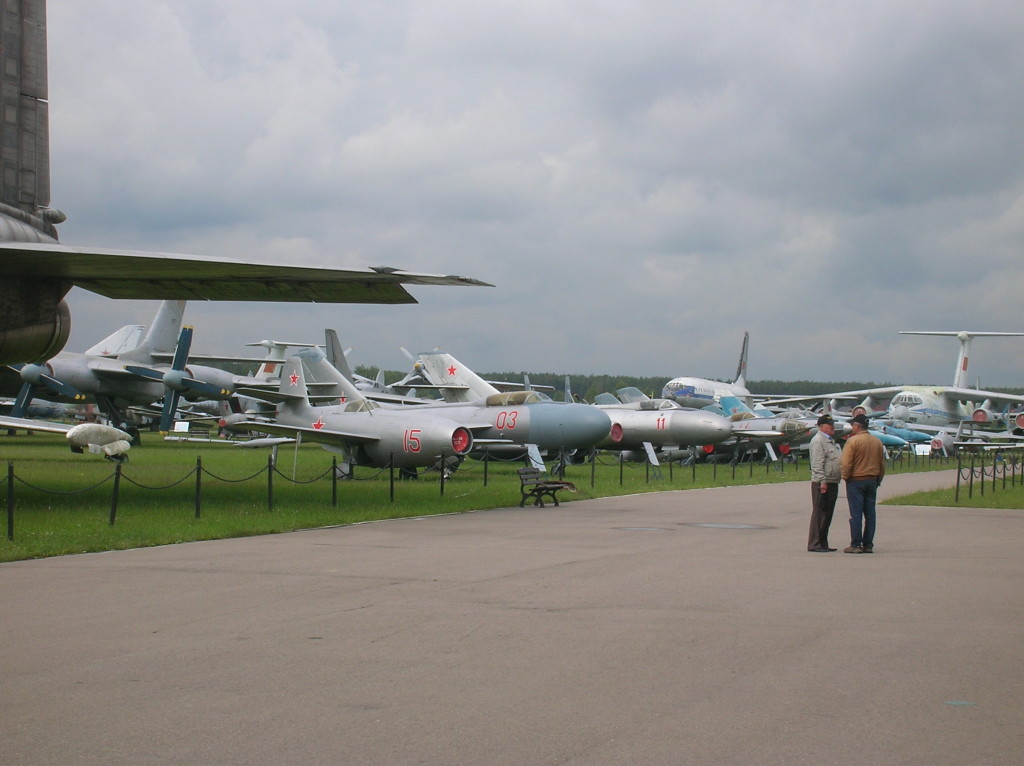Number of tie wraps: 29 (holding steady)
Countdown: 6693 miles down, 1892 to go
In the 1908 race, the German Protos arrived in both Moscow and St. Petersburg ahead of the U.S. Thomas Flyer. The Protos reached Moscow on July 18 after driving 13 hours from Nizhny Novgorod; it took us nearly 13 hours to make the same drive — you can draw your own conclusions about what that says about Russian roads!
Despite our struggles driving to Moscow, we covered the 743 km to St. Petersburg in 14 hours today. The Protos team took two days for the same drive, stopping overnight in Velkiy Novgorod and arriving on July 20 to claim the $1,000 prize offered by the Imperial Automobile Club to the first racers to reach St. Petersburg. In the meantime, the New York Times was still confused about the whereabouts of the Thomas Flyer, although the U.S. team had apparently made it as far as Nizhny Novgorod. Click here for the original New York Times article on this portion of the race.
Leo, Luke and I started yesterday with a tour of the Russian Federation Air Force Museum located in Monino, about an hour from Moscow. The museum houses pretty much every airplane the Russian Air Force has ever flown. Most of the collection is outdoors, but the earliest equipment is housed in two hangars. Our English-speaking tour guide was Alexander, who flew dive bombers after World War II. He’s shown in the photo below with Luke amidst some of the many airplanes we saw.

A small part of the outdoor collection at the Russian Federation Air Force Museum (Eileen Bjorkman photo)
We started in the first hangar, where we saw about a dozen World War II aircraft, including the Po-2 bomber shown in the picture below that was used by the “Night Witches,” a famous regiment of Soviet women pilots who earned many honors flying against the Germans.

Night Witches Po-2 aircraft (Eileen Bjorkman photo)
The second hangar we visited housed all sorts of very old and unusual flying objects, including balloon gondolas used for high altitude research similar to that done by Joe Kittinger and the recent record setting jump by Felix Baumgartner.

Gondolas used for high altitude research (Eileen Bjorkman photo)
We also saw this collection of flying oddities that includes a helicopter with a jet-tipped rotor, a model of a reusable spacecraft similar to the U.S. Space Shuttle, and a vertical take-off and landing vehicle (the thing that looks like it was made from a giant erector set).

Collection of aviation oddities (Eileen Bjorkman photo)
Outside, we saw a who’s who of Russian aviation history, including a gargantuan V-12 helicopter/vertical lift aircraft, a MiG-25 Foxbat, several MiG-29 Fulcrums, the Russian version of the Supersonic Transport, and an AN-12 transport aircraft that probably required one crewmember just to synchronize all the propellers. These pictures are just a tiny fraction of the several hundred airplanes on display.

V-12 aircraft (Eileen Bjorkman photo)

MiG-25 Foxbat (Eileen Bjorkman photo)

MiG-29 Fulcrums with the Russian SST (Eileen Bjorkman photo)

An-12 transport aircraft (Eileen Bjorkman photo)
In the afternoon, we took a tour of Moscow. On the way to the city center, we drove by the space sculpture shown below, which is near the building that John and Luke pulled into when we lost them the other day.

Space sculpture (Eileen Bjorkman photo)
At Red Square, in addition to St. Basil’s Cathedral, we saw the high-end shopping mall and icon of Christ that lie directly across from Lenin’s tomb, although I don’t know if he appreciates the irony.

St. Basil’s (Eileen BJorkman photo)

The view from Lenin’s Tomb (Eileen Bjorkman photo)
After Red Square, we headed to Novodevichy Cemetery, where many famous Russians are buried, including Artem Mikoyan, one of the founders of the MiG Design Bureau that produced the MiG-25 and MiG-29 aircraft shown above, and Boris Yeltsin (I assume he needs no introduction).

Grave of Mikoyan of MiG fame (Eileen Bjorkman photo)

Boris Yeltsin’s grave — the Russian flag (Eileen Bjorkman photo)
Last, we drove to a vantage point that gave us panoramic views of the city, where we saw the unusual ramp below, which is used to practice ski jumping in the summertime.

Ramp for summertime ski jump practice (Eileen Bjorkman photo)
This morning, we left the hotel about 7:45 a.m. to drive to St. Petersburg. The highway was the best we’ve seen in Russia so far and we only had two delays, one getting out of Moscow and the other one around lunchtime, although we did have to stop for Luke to make a quick tire swap on the Roadster. He rotated the tires yesterday and the tire we had repaired several weeks ago wasn’t properly balanced and was shaking the steering wheel out of John’s hands when he tried to go more than 40 mph.

Quick tire change (Eileen Bjorkman photo)
We also welcomed a new team member, Cathy, a friend of Luke’s who will be riding with us until Berlin.
Tomorrow we spend the day in St. Petersburg and then head to Pskov on Friday to prepare for our border crossing into Latvia on Saturday.




















